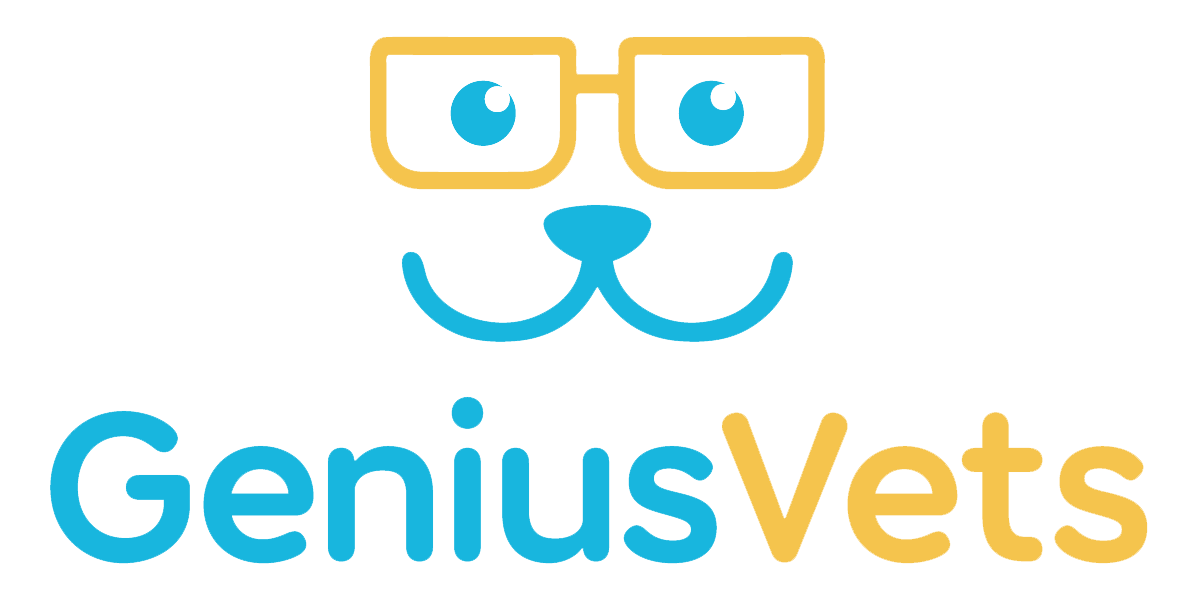
Improve your practice by working ON it, not just IN it

Building a successful veterinary practice requires more than just a love for animals and excellent veterinary skills
Many veterinarians are more at ease in the exam room or in surgery than they are in planning their business's future. "I'm too busy," echoes loudly in our profession. You'll remain stuck in this perpetual cycle unless you intentionally step out to strategize.
It's a cliche in most industries, but given how few DVMs practice it, I think we all need to hear it more: It's vital to work on your business, not just in it. I adopted this philosophy early on, dedicating time to strategy and planning, even during my busiest weeks. It's not rocket science – if you do not plan for something, how can you expect it to materialize?
How I learned to take planning seriously
During and after veterinary school, I worked for several veterinarians. Regrettably, many of these practices were steeped in dysfunction, both professionally and in the personal lives of their owners and teams. It was disheartening at the time – but I learned a lot about what not to do. I later had the good fortune of working under a veterinarian who built up his practice and hired 2 1/2 more veterinarians, including myself, whom he mentored and supported so we could deliver great medicine even when he was out of the building. I saw that this gentleman had created a real team. He could take time off, enjoy moments with his family, and still ensure his practice thrived.
After buying my first practice, the growth was exponential. I remember my accountant was stunned – he suggested buying real estate to reduce my taxes. Instead, I reinvested in my business, purchasing another practice within my first year of ownership. Today, my practice employs 11 veterinarians and 55 total staff, and we're still growing; we recently added an annex next door because we could not grow any larger in our current building.
With every acquisition or expansion, detailed planning was paramount. When I bought my third veterinary hospital, with a freestanding building, the purchase wasn't all smooth sailing. Opening our annex during the tail end of the COVID-19 pandemic was likewise challenging, but it was worth it to ensure we can support our newly expanded community of pet owners.
What does good basic planning look like?
Of course, your business plan can get very elaborate – but it doesn't have to be. The most basic planning steps can make a tremendous difference:
- Start by committing to "take yourself out for coffee" at least one hour per week. Step out of the practice, bring your notepad, and note down current issues and opportunities. Circle 2 or 3 to focus on in the coming week.
- Then, begin including key members of your leadership team. Engage them in defining issues, opportunities, and priorities, and get their help with implementation.
- Hold monthly meetings for all staff (before opening or after closing). Bring them up to speed on new processes, policies, products, or equipment and on the practice's top priorities.
It can't really be that simple, right?
If I told you that doing just 1 thing for 1 hour a week could change your practice permanently for the better, wouldn't that be worth a try? Believe it or not, that was the first step that helped me get onto the right path with my practice, and I know it can do the same for you.
Sadly, few practice owners fully recognize their own agency and control. When conditions in the practice aren't good, often they feel and act a bit "helpless." But the truth is, as a practice owner, you are anything but helpless – in fact, everything that happens inside your four walls is your decision – and you can change it anytime. All it takes is a decision to start taking control along with 1 hour a week with a notebook and a pen.
Well-planned hospitals help our teams – and communities
While I've focused on the benefit to the practice owner and team, a well-planned and well-run hospital is truly a vital contribution to your community as well.
A mantra I share with my team is, "We will all go home at the end of the day." No matter how challenging it gets, we'll eventually have every pet cared for and we'll high-five each other on the way out the door, knowing we gave 100% for our clients and patients that day.
Every patient that enters our hospital receives top-notch care. It's a misconception to assume it's just fine to send everyone to the emergency hospital at 5 PM so your team can go home on time. I get it – but consider this: what happens at these emergency centers when they're flooded with everyone else's patients at 5 PM? Will they be able to deliver the same level of care that your team could, if they were better organized to cover more hours of the day and meet the needs of your community?
When you take the time to plan and organize your hospital, this helps you deliver the highest possible level of care in an efficient way – thus serving more of your community with better patient care and results. This is what our profession needs to create a healthier future.
Drake is a leading progressive voice in the veterinary industry and a top-performing veterinary practice owner. The Drake Center is an 11-doctor, 40-plus-employee practice that consistently outperforms competitors and industry averages because of Drake's passion for embracing change and implementing new technologies – from the latest digital marketing strategies and social media platforms to automated scheduling systems. She has served on committees and advisory boards for the University of California, AAHA, Elanco (Novartis), and others. Drake completed her DVM at the University of Missouri in 1989, obtained her CVA in 1996, and founded The Drake Center for Veterinary Care in 1992. She also serves as the chief veterinary officer for GeniusVets.
Newsletter
From exam room tips to practice management insights, get trusted veterinary news delivered straight to your inbox—subscribe to dvm360.




